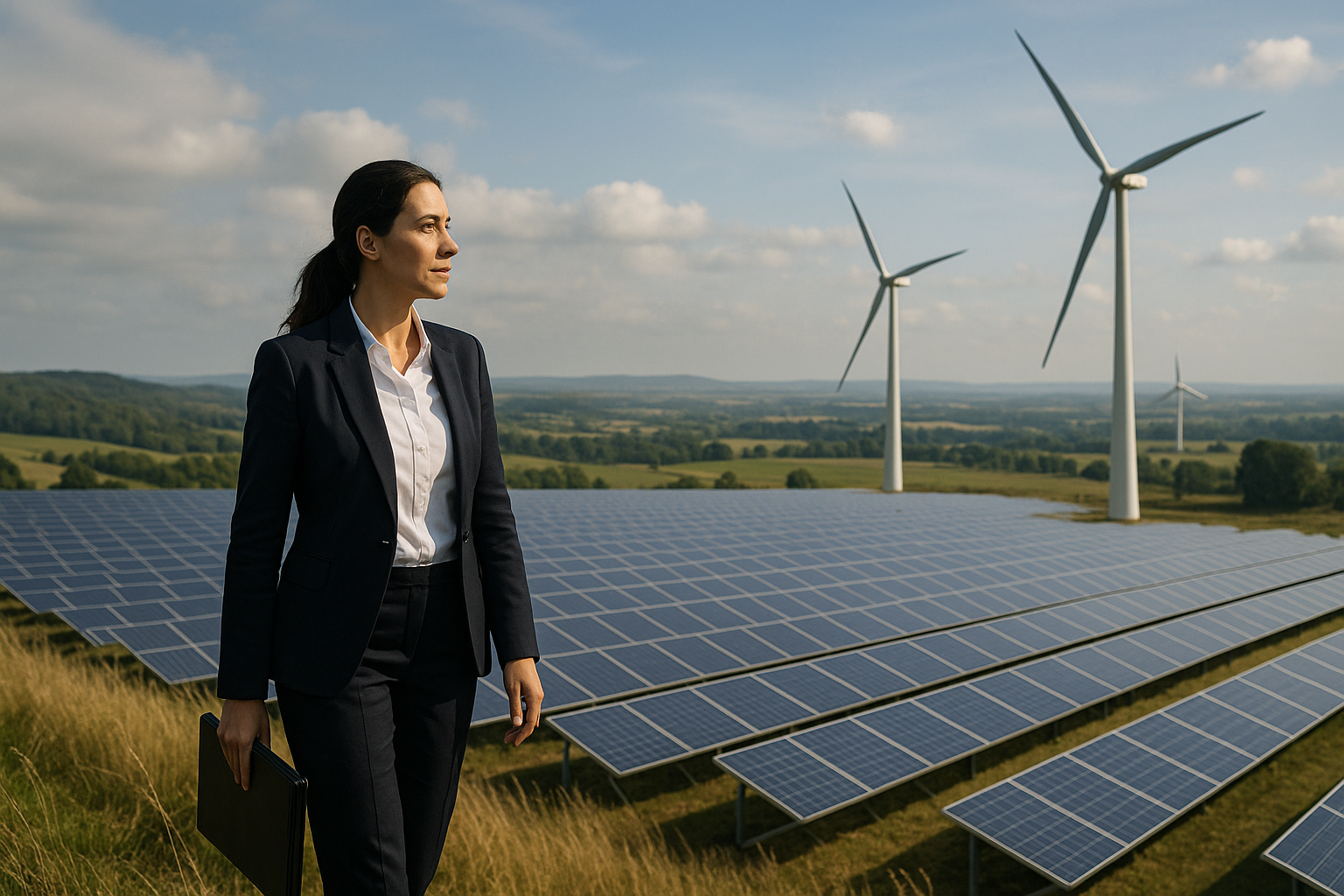Beyond Vulnerability: How Women’s Leadership Shapes Effective Global Climate Response
The World Bank’s new paper reframes women not as passive victims of climate change but as vital leaders whose skills, knowledge, and networks drive resilience. It argues that empowering women’s leadership is not only an equity issue but also a strategic imperative for effective, sustainable climate action.

A new World Bank working paper produced by the Development Impact Group in collaboration with researchers Adhwaa Alsaleh, Girija Borker, and Hannah Uckat challenges a long-standing climate narrative: that women are primarily victims of environmental disruption. Women as Environmental Leaders: Shifting the Narrative from Vulnerability to Empowerment reframes women not as passive sufferers but as key leaders of resilience. Drawing on evidence from institutions such as the Intergovernmental Panel on Climate Change (IPCC), UNDRR, UN Women, FAO, ILO, and UNEP, the report weaves together findings that demonstrate how women’s lived experiences and social roles equip them with unique competencies essential for climate action. Far from being mere recipients of aid, women are shown as agents of transformation whose leadership is both an equity imperative and a strategic necessity for effective governance.
From Victims to Drivers of Change
The report emphasizes a paradox: while women bear disproportionate burdens of climate shocks, ranging from food insecurity and displacement to gender-based violence, they also respond with extraordinary adaptive capacity. Their roles as caregivers and household managers place them in daily contact with vulnerable systems such as water, food, and energy, positioning them at the forefront of both crisis response and long-term adaptation. Historical examples underscore this point. During the 1991 Bangladesh cyclone, women’s lack of access to safe shelters resulted in devastating fatalities. In the aftermath, however, women’s groups redesigned shelters with privacy and safety features, dramatically increasing their use in subsequent disasters. In Central America, women mobilized during Hurricane Mitch to organize rescue operations and lead emergency committees, showing how grassroots leadership can compensate for institutional failures. Such stories highlight how necessity fuels agency, revealing women as both survivors and leaders.
The Climate Leadership Readiness Framework
To move beyond anecdote, the authors introduce the Climate Leadership Readiness Framework (CLRF), a new model for assessing leadership capacity across five domains: leadership, principles, skills, knowledge, and networks. In leadership, women are often characterized by transformational and collaborative styles that emphasize inclusivity and long-term vision. A landmark study in Indian villages showed that female-led councils invested significantly more in clean water and sanitation than their male counterparts, demonstrating a direct link between gendered leadership and community well-being. Principles, rooted in empathy and prosocial behavior, further strengthen women’s role as advocates for equitable climate action. Skills and knowledge emerge from their intimate engagement in climate-sensitive sectors such as agriculture and water management, where they bring tacit expertise in soil conservation, crop diversification, and resource efficiency. Networks, both formal and informal, serve as the glue of resilience, allowing women to mobilize communities swiftly during crises. The Kudumbashree network in India, which rallied over four million women during the 2018 floods, illustrates the scale and effectiveness of these grassroots alliances.
Leadership Across Three Spheres
The analysis also draws on O’Brien and Sygna’s Three Spheres of Transformation framework, which places climate leadership within practical, political, and personal domains. Women are highly visible in the practical sphere, leading climate-smart farming, disaster response, and renewable energy initiatives. In the political sphere, their presence remains limited, yet evidence is compelling: countries with higher female representation in parliaments adopt stronger environmental laws, impose more effective carbon taxes, and sign more international treaties. In the corporate sector, women on boards drive stronger ESG commitments, though systemic barriers in finance and networks continue to curb their influence. The personal sphere is equally critical. As household decision-makers, women shape consumption patterns, promote energy efficiency, and pass on sustainable values to future generations. Studies show that households where women manage resources are more likely to invest in renewable energy, resilient housing, and education, embedding sustainability in daily life.
Barriers and the Way Forward
Despite compelling evidence of their effectiveness, women’s leadership remains underrecognized and underfunded. Global climate finance reached $1.2 trillion in 2021–22, but only a sliver targeted gender equality. OECD data show that just 2.4 percent of bilateral public climate finance in 2018–19 identified gender equality as its primary objective. Women also face persistent barriers to land ownership, credit access, and participation in decision-making bodies. Although they comprise nearly 40 percent of the global agricultural workforce, only 20 percent of landholders are women, limiting their ability to invest in adaptation strategies. Institutional reforms, therefore, are essential. These include expanding women’s access to finance, embedding gender-responsive criteria in national climate plans, establishing gender quotas in climate decision-making bodies, and building long-term leadership pipelines through mentorship and training. The report also calls for amplifying women’s voices in media and public discourse, ensuring cultural transformation accompanies policy change.
The report concludes with a clear message: shifting the narrative from vulnerability to empowerment is not simply a matter of justice; it is a strategic imperative. Women’s leadership is already visible across local, national, and global arenas, but without institutional recognition and investment, its full potential will remain untapped. By placing women at the center of climate strategies, the study argues, policymakers can unlock one of the most powerful yet underutilized resources for resilience. The report offers both a theoretical framework and practical pathways for embedding women’s leadership in climate governance, signaling a crucial step toward more inclusive, effective, and sustainable futures.
- FIRST PUBLISHED IN:
- Devdiscourse
ALSO READ
EU–ILO ENABLE Programme Trains 30 Young Lebanese as Healthcare Assistants
ILO Adopts Punta Cana Declaration to Advance Democracy, Decent Work in Americas
Sailor from Uttarakhand missing from merchant ship on way to China from Iraq
Munich runways closed again, pilot blames drone sightings
Pilot Expertise to Steer Investigation into Devastating Air India Crash










